In the first part of this blog series about Spiritual Art we take you into the world of Buddhist Art and Tibetan Art. Read on to learn all about the origins and characteristics of these art forms!
Buddhist art, as the name implies, is influenced by Buddhism. This art includes representations of Buddhas, Bodhisattvas, Mandalas, Vajras, Bells, and Stupas. Buddhist Art originated in the Indian subcontinent around the 5th/6th century BCE after the historical life of Siddhartha Gautama. This has subsequently developed through contact with other cultures and has quickly spread in Asia and then throughout the world! You may already be familiar with the different appearances of Buddha in Cultures Around the World for example.
Origin Tibetan Buddhist Art
Greek sculptures reached Tibet via India. The Greek techniques of sculpture greatly influenced Buddhist art at the time and led to a new Greco-Buddhist artistic amalgamation. From the late eighth century until the twentieth century, Tibetan art was almost entirely religious in nature. Tibetan art was expected to be a tool on the road to Enlightenment. Tibetan Art can therefore be classified according to the influences of different religions.
Influences of Different Religions
- Mahayana Buddhist Influence
- Tantric Influence
- Bon Influence
Mahayana Buddhist Influence
From the 4th century BCE the rulers of the then Tibetan Empire chose Buddhism based on the Indian Madhyamaka tradition as the leading and intellectual movement of the country. Art in Tibet emphasized the role of the bodhisattvas. The bodhisattva generally depicted in Tibetan art is the god of fortune Avalokitesvara, often portrayed as a deity with a thousand arms and one eye in the center of each hand.
Tantric Influence
Most of Tibetan Buddhist art is seen as part of tantra. A notable aspect of Tantric Buddhism are depictions of gods painted with angry faces as the face of death. These images represent ‘the protectors’ and their terrifying appearance obscures their compassion and sympathy.
Bon Influence
The indigenous shamanic religion of the Himalayas is bon. In Tibetan temples, images of Buddha or Padmasambhava often appear along with “the protectors” and their terrifying appearance. In bad times, they would inflict harm and disease on local residents. Padmasambhava countered those negative forces.
Tibetan Buddhist Artworks
Most of the Tibetan Buddhist painters were artisan painters who had also received training. They usually worked on commission, but almost always anonymously. The majority of all works produced in Tibet could therefore not be linked to a painter’s name.
The oldest Buddhist works of art were statues and petroglyphs depicting the life of Buddha. Symbols were used instead of depictions of the Buddha, so we don’t have any early records of what he may have actually looked like. As Buddhism began to spread beyond India, other forms of Buddhism began to influence the art. Buddha paintings also commonly decorated temples and monetarists at that time. Some other popular forms of Tibetan Buddhist art are:
- Sand Mandalas
- Thangkas
- Tsakli
- Ghau
- Dpal Be’u
Sand Mandalas
Tibetan monks make mandalas for celebrations and ceremonies. To make such a mandala you need skill, good eyes, and a steady hand. Monks wear a mask while making the mandala so that they do not blow away the sand. Young monks spend hours learning simple patterns. After the ceremony, monks sweep away the mandala again. Do you also want to learn how to make a mandala? Then read our blog about Making Mandalas.
Thangkas
A thangka is a sacred Buddhist painting made of silk or cotton. Age-old rules determine which shapes, colors, and patterns the artists may use. Tibetan Buddhists use Thangkas when meditating.
Tsakli
Another painting that has a ritual significance is the tTakli. Tsaklis are small relics and serve as protection. For example, before building a temple, as protection during the journey or to heal a sick person.
Ghau
A Ghau is a container for relics or amulets for on a necklace or in the hair. A Ghau can consist of a small statue of a Tibetan goodness or a Buddha.
Dpal Be’u
The Dpal Be’u is the Tibetan Endless Knot. It has two important meanings in Tibetan Buddhism. First, this knot is the visual representation of the endless cycle of birth, suffering, death, and rebirth that must be broken for transcendence. Second, it represents the connection of wisdom and compassion, which are important on the path to enlightenment.
Contemporary Tibetan Buddhist Art
Although many artists are still active in Tibet, Tibetan artists in exile produce a large amount of the contemporary Tibetan art that we have in the west. Until the 1950s, Buddhism was the main cultural influence on Tibetan art. Although in contemporary art many artists still engage with traditional Buddhist imagery, a movement has emerged in which the religious influence is less strong or has disappeared completely. This has given way to other inspiration in Tibetan art. For example, a well-known artist from the early 20th century is Gendün Chöpel, who mainly flourished during his stay in India.
The Museum of Contemporary Tibetan Art has been located in Emmen in the Netherlands since June 2017. The idea for the museum stems from the wish of the Tibetan artist Tashi Norbu. He wanted to build a bridge between the East and the West.
Buy Buddha Images
A seated Buddha represents the founder of Buddhism, Gautama Buddha, who according to tradition, achieved spiritual awakening meditating under a Bodhi tree. The word ‘Buddha’ means ‘enlightened one’. For many people, the seated Buddha has significance as a sign of inner wisdom and the concentration needed to develop it.
Buddhas usually express their message through hand gestures, known as mudras. For example, a seated version usually makes the bhumisparsha mudra, pointing to the earth. With this sign, the historical Buddha showed that the ground beneath him witnessed his enlightenment. With the Namaskare mudra, buddha preforms the gesture of greeting, prayer, and worship.
The Happy Buddha (fat Buddha) represents happiness, joy, success, prosperity and prosperity. Because of this symbolism, this Buddha is a popular gift. This Buddha also often carries attributes, each with its own symbolic meaning, which make it a gift with a special meaning.
Curious About More Spiritual Art?
Can’t get enough of the many different art forms? Of course it doesn’t have to be just reading, because you can also carry art with you in the form of Spiritual Jewelry or hang it symbolically in your home, such as with our Tibetan Prayer Flags. You could also check out our blog on common Hindu Symbols or read about the power of the Tree of Life across religions. You’ll find plenty of spiritual beauty at Spiru.
In this blog series You’ll also find Christian Art and Celtic Art.


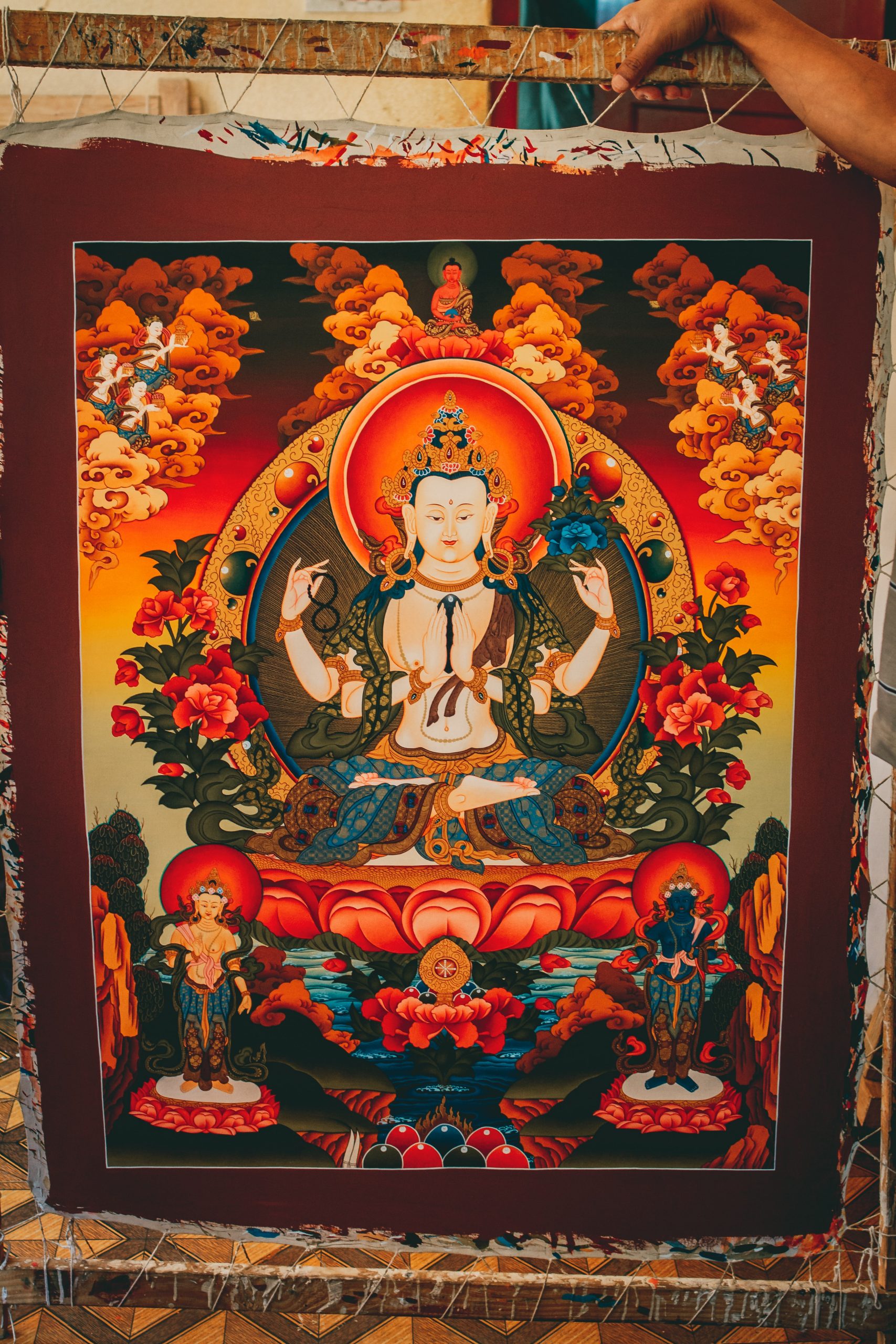
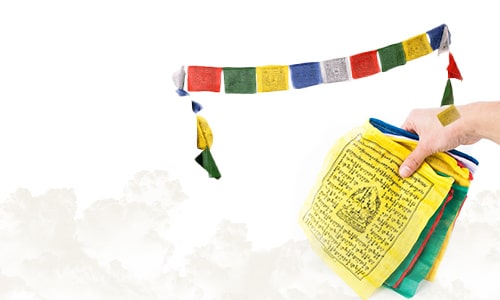
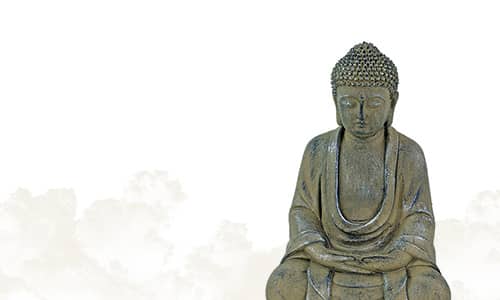
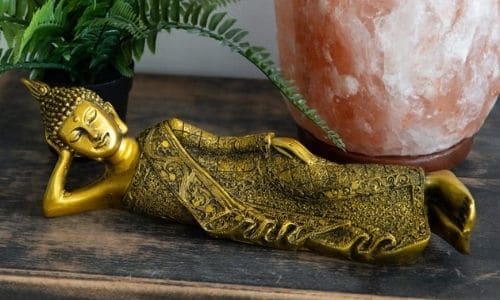
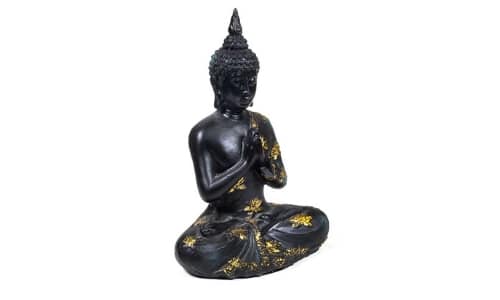
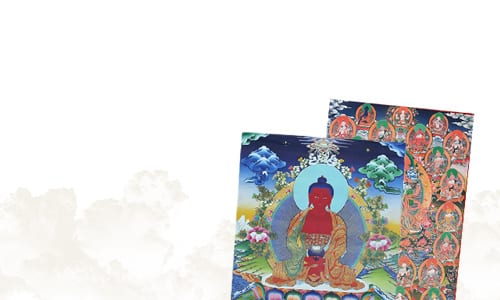
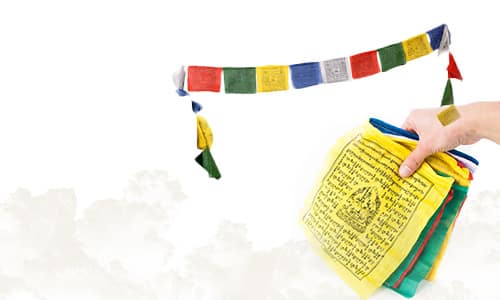
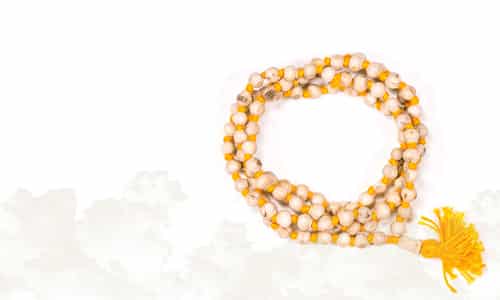
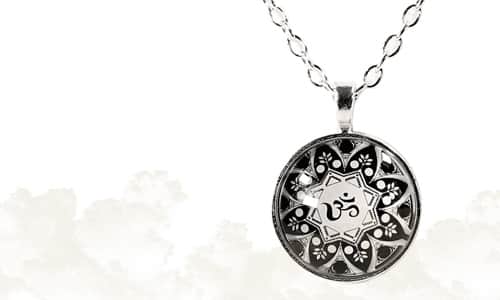
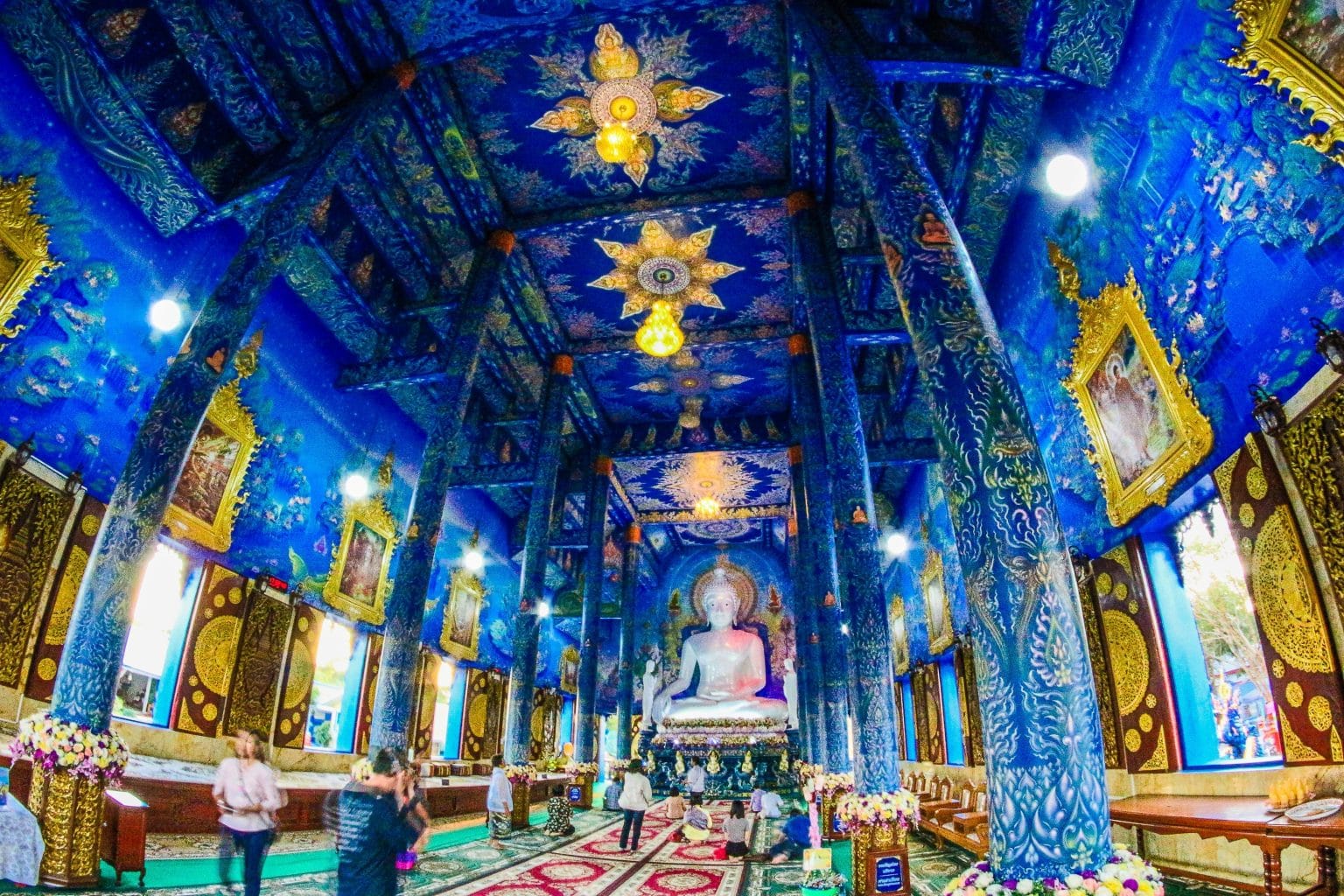
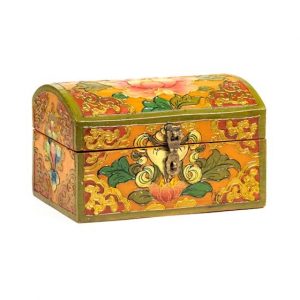
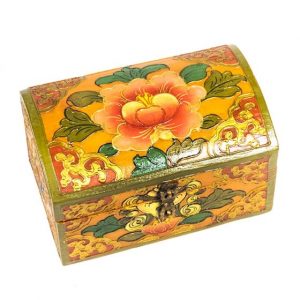
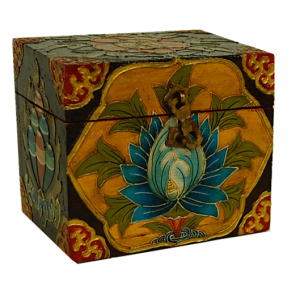
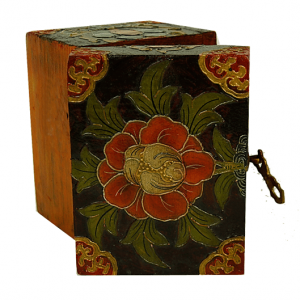
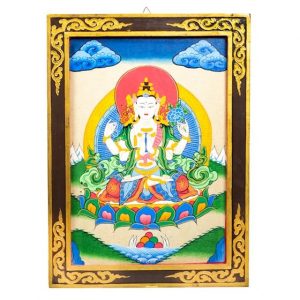
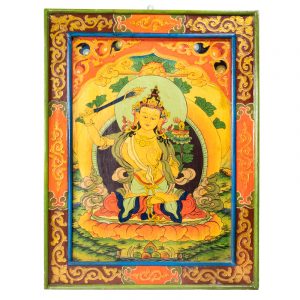
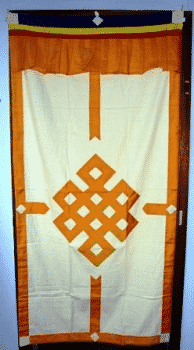
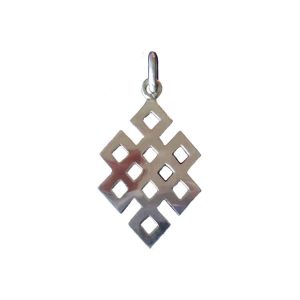
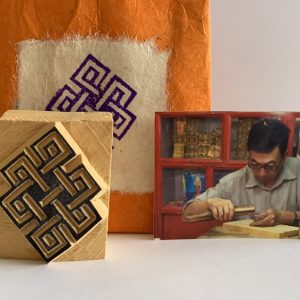
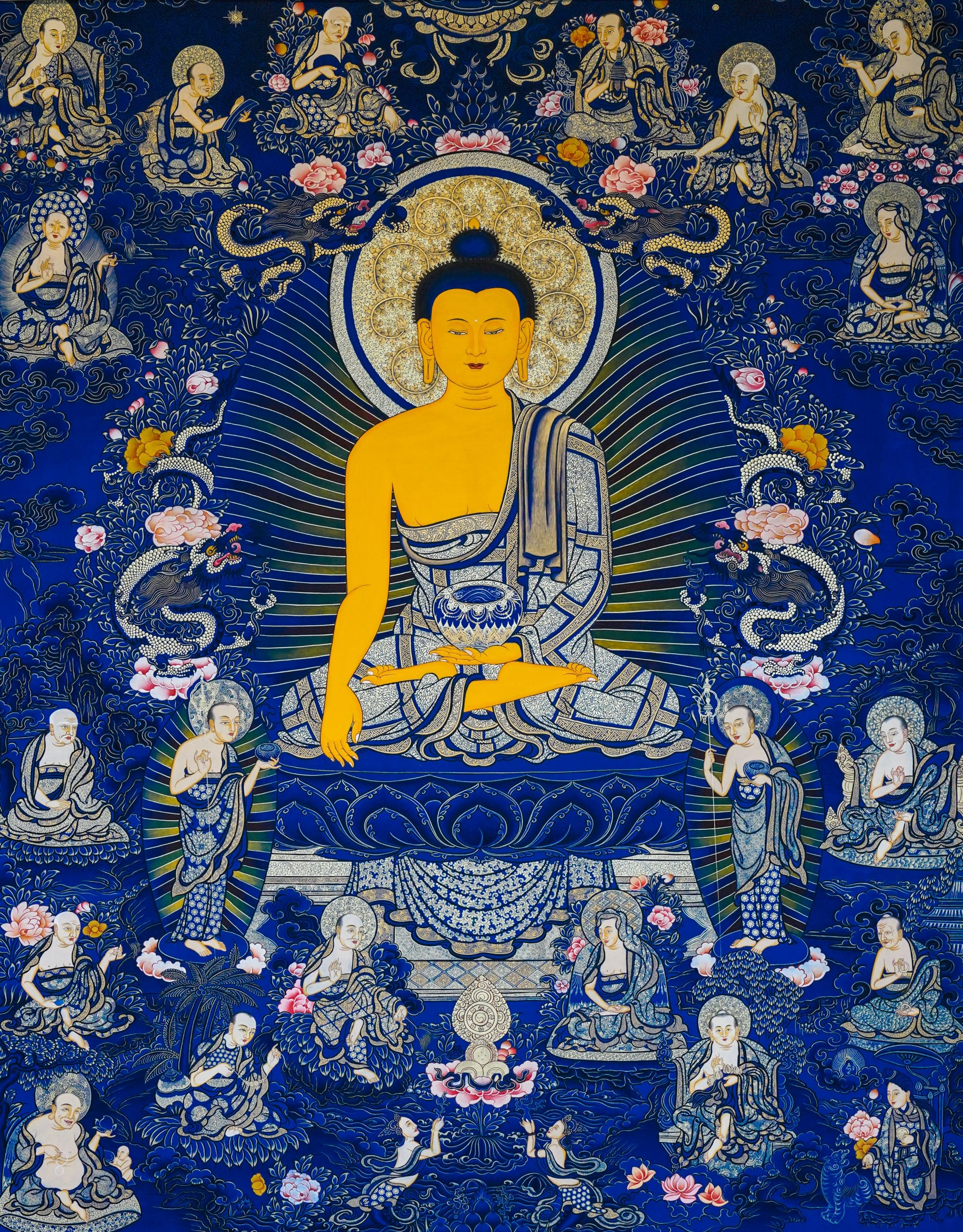
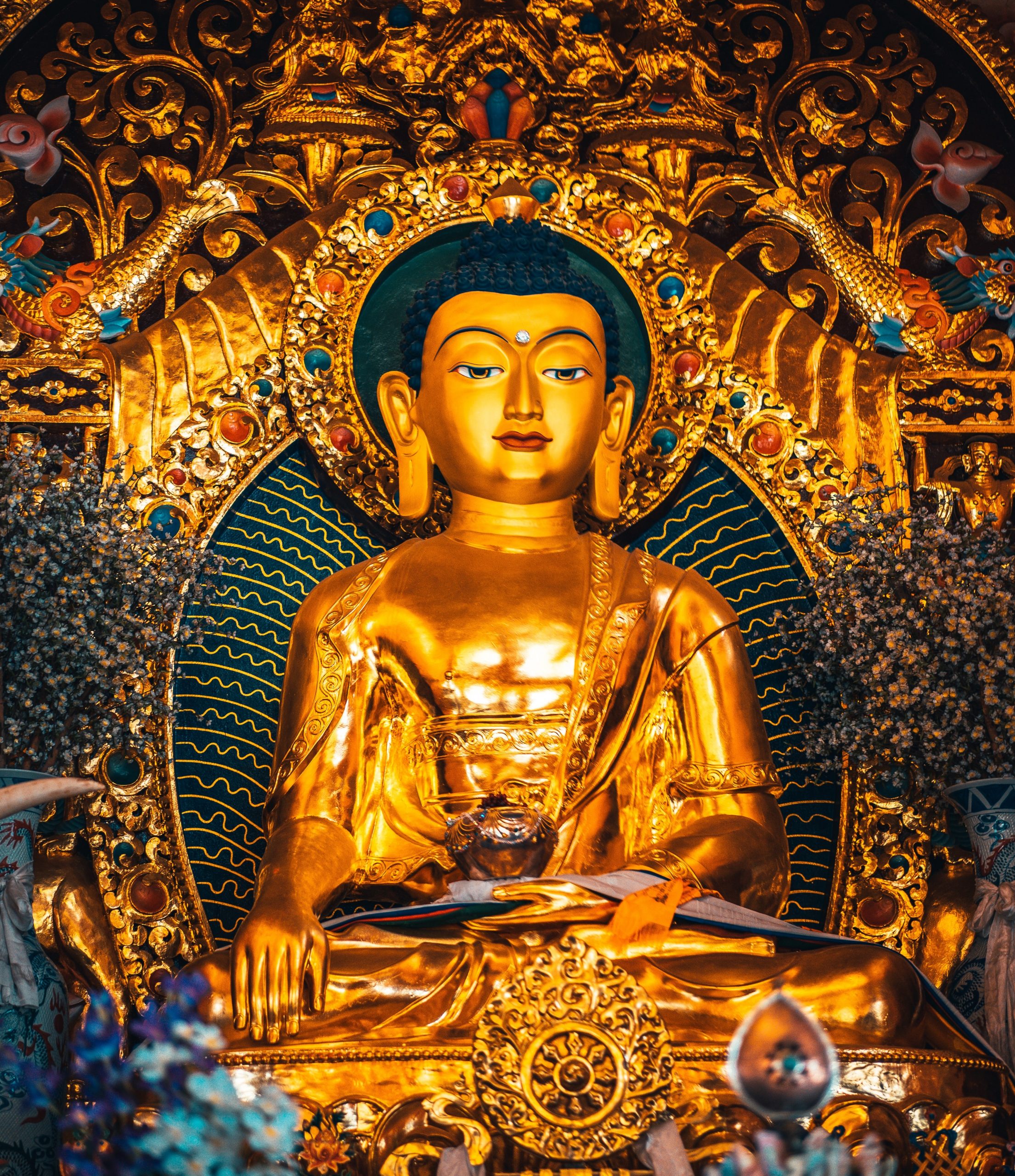
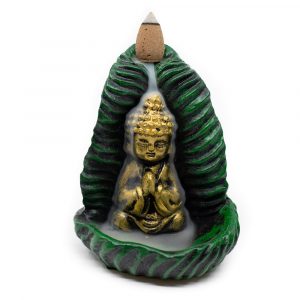
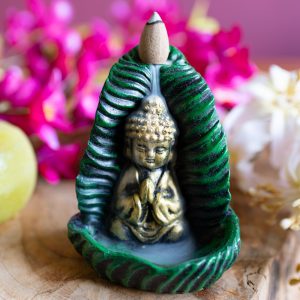
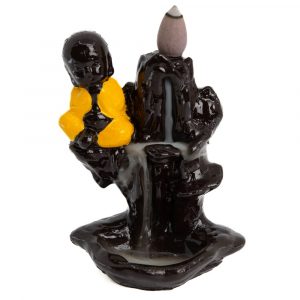
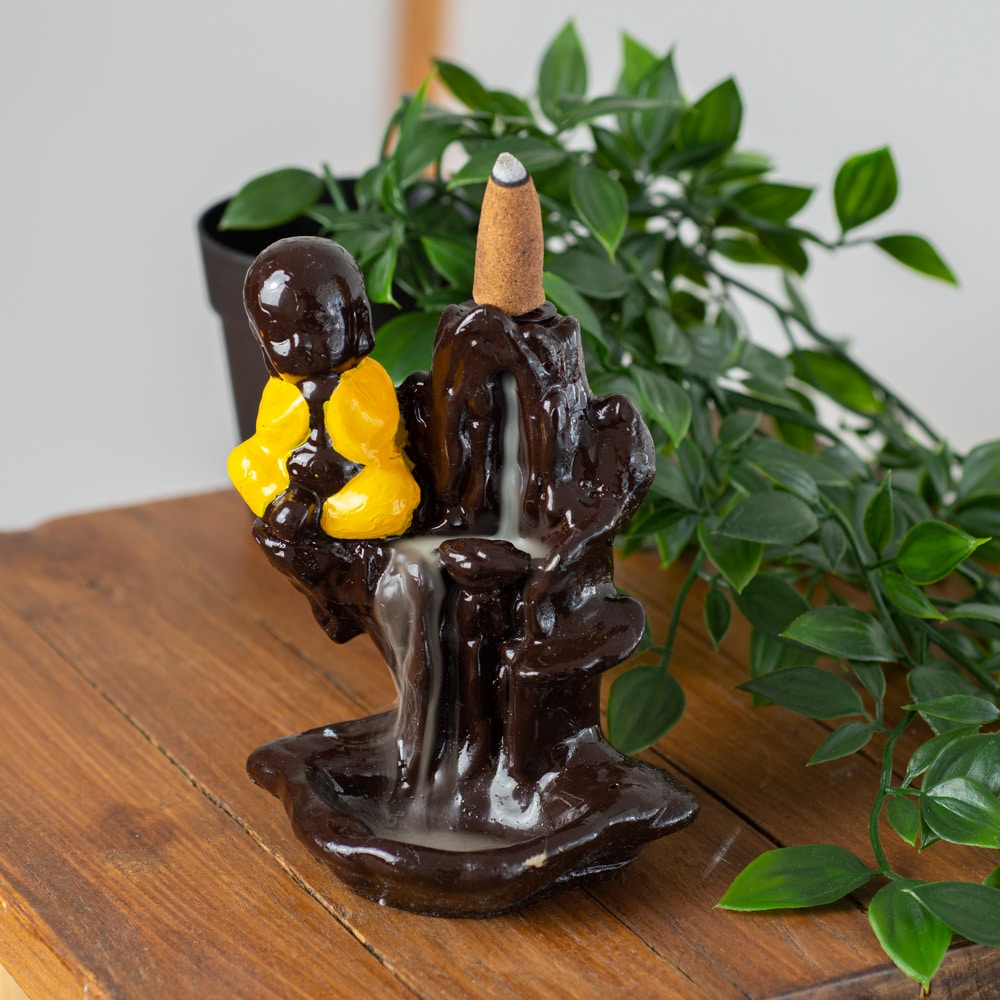
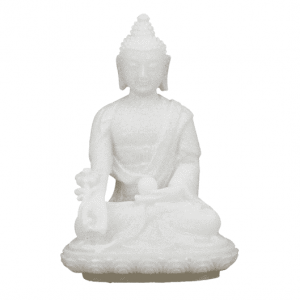
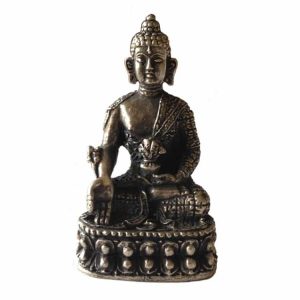
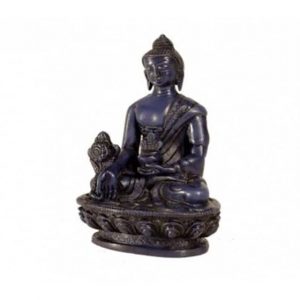
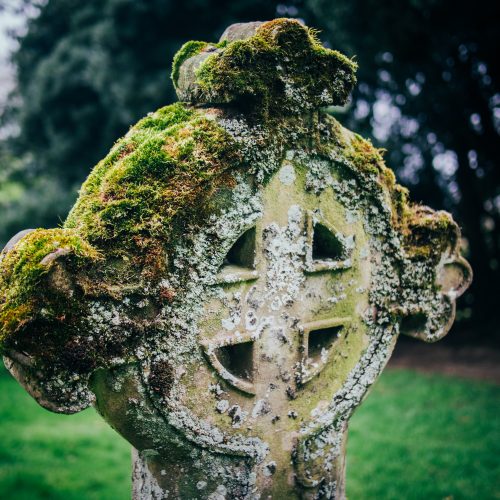
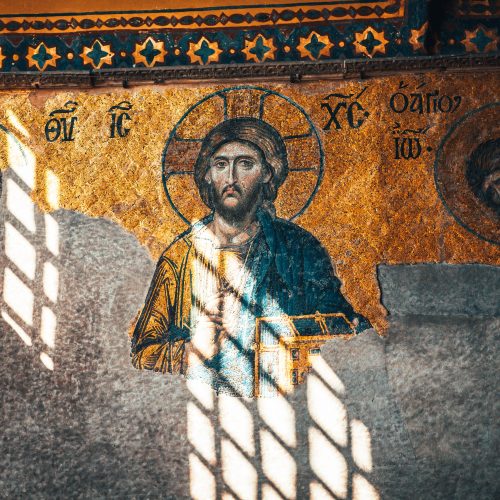
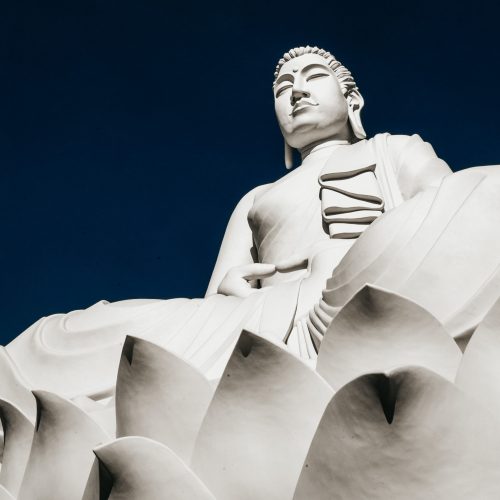

 Nederland
Nederland
 België
België
 Deutschland
Deutschland
 Europe
Europe
 España
España
 Sverige
Sverige
 Français
Français